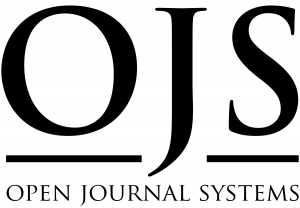The Influence of Income, Religiosity, Credibility and Social Media on the Decision to Pay Zakat, Infaq and Shadaqah (Study on UPZIS of Jabal Nur Jami Mosque, Samarinda Ulu District)
Abstract
East Kalimantan Province has considerable potential for collecting Zakat, Infaq, and Sadaqah (ZIS). To realize this potential, BAZNAS continues to optimize revenue by activating Zakat Collection Units (UPZ) within various regional government organizations and expanding the zakat collection network down to the village level. The UPZIS at Jami’ Jabal Nur Mosque in Samarinda Ulu District is one of the UPZIS units directly supervised by BAZNAS of Samarinda City. This study aims to determine the influence of income, religiosity, credibility, and social media on the decision to pay zakat, infaq, and sadaqah at the UPZIS using a quantitative associative approach. Through purposive sampling, a research sample of 91 respondents was obtained. The data were tested using multiple linear regression with SPSS VER.21. The results of the study show that income, credibility, and social media each do not have a significant partial effect, while religiosity has a significant partial effect. Simultaneously, income, religiosity, credibility, and social media were found to have a significant effect. The coefficient of determination indicates that 24.2% of the decision to pay is influenced by these four variables, while 75.8% is influenced by other factors outside the scope of this study.
Keywords: Income, Religiosity, Credibility, Social Media and Decision to Pay
Copyright (c) 2025 Khoirotul Fatati Munirotul Jannah, Moh Mahrus, Irma Yuliani

This work is licensed under a Creative Commons Attribution-NonCommercial 4.0 International License.









